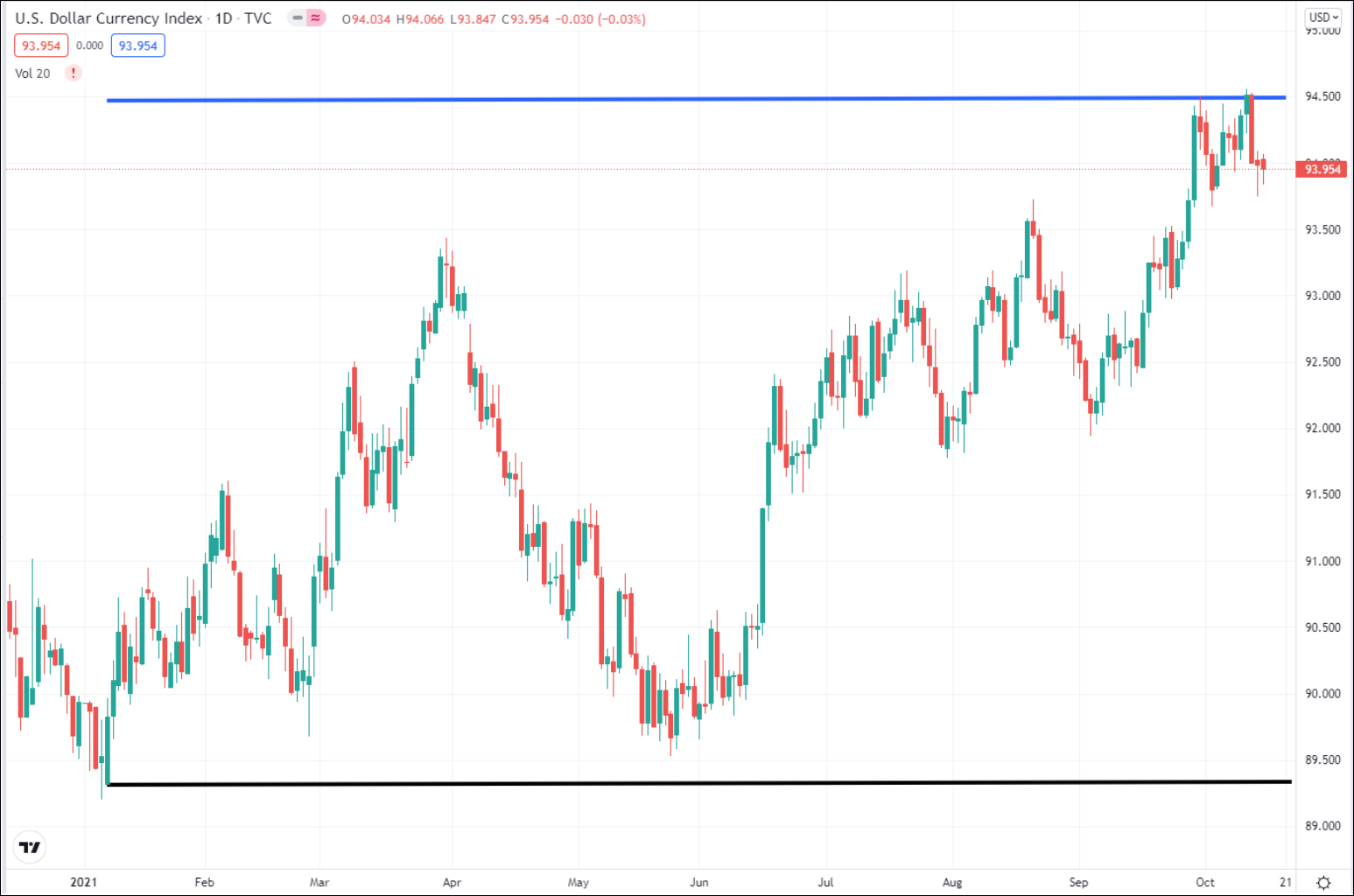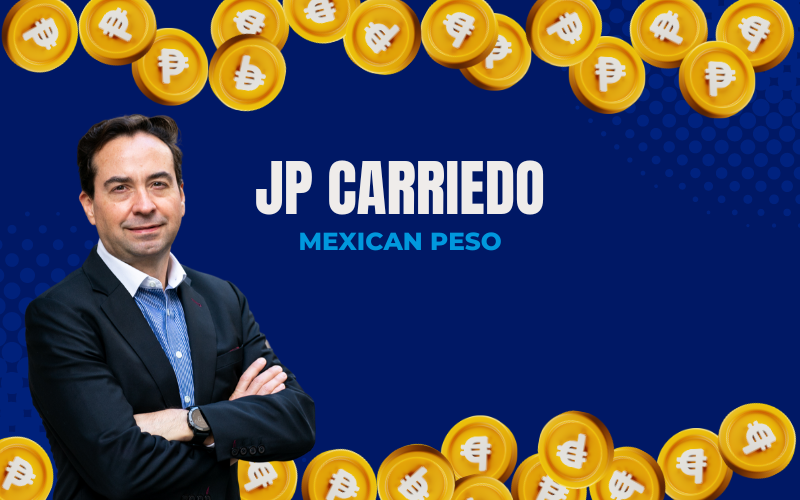Hi, my name is John Min. I’m the Chief Economist at Monex USA (formerly Tempus), and this is our short video covering the topic of paying overseas vendors in foreign currency.
We work with many businesses in the United States. And initially, when we got in contact with them, commonly businesses will say, ‘We don’t need to deal with foreign exchange because we pay our overseas vendors in US Dollars (USD),’ and, simply because ‘it is convenient.’
Why Companies Pay Overseas in US DOLLARS
We understand that if you are getting invoiced in USD from your overseas vendors, you obviously aren’t dealing with foreign exchange (FX). And you don’t have to figure out how much the US dollar is worth in Euros (EUR), or the British Pound (GBP), or Indian Rupee (INR) — whatever the currency you’re dealing with. And there won’t be any concern about the exchange rate that’s constantly changing because you’ve got the invoice from overseas in USD.
You put the invoice in your accounting system—net 30, net 60 or 90 days later, then simply pay the USD amount that you budgeted and everything is taken care of. So why do I need to deal with foreign currency (FX)? And of course, the number one thing that our clients used to say is, ‘Look, we’ve been doing business for 5 years, 10 years, even 20 years, and we’ve always paid our overseas vendors in USD, and they have not complained.’
Why Consider Paying in Local Currency
So why change when it is working? While it has been working well, there are hidden costs associated with this convenience.
I teach Economics at a local college here, and for my 1st-year students, one of the most important principles that we cover is this concept of Opportunity Cost, or there’s no such thing as free lunch.
Everything you do has a cost associated with it — because, in order to do this, you’re giving up something else. So, in this case, what may be the hidden cost of this convenience of paying your overseas vendors in USD?
We call this ‘hidden cost’ FX risk and an accounting premium. Now, what is that?
Hidden Costs from Market Volatility – FX Premiums
If you look at this simple graph of USD, it is an index that measures the strength of USD against all the major currencies for the past 12 months. You can easily see the tremendous amount of volatility.

During the month, we see a volatility range of 2 to 3%. Over 90 days, it could be up to 4 or 5%. Over a year, it could range between 6 to 8%. Right now, the dollar is doing exceptionally well as you can see, simply because of the COVID concerns.
But more importantly, the US Yield curve is going up because of inflationary expectations, and the Federal Reserve has indicated they’re going to start tapering and may start raising the interest rate next year. So based on interest rate differential, a higher interest rate attracts more capital flow, which has strengthened the dollar.
Now imagine your overseas vendor is invoicing you in USD as you requested they should. And that vendor is worried because now they’re getting USD, but their functional currency is in EUR. So they’re concerned that during the payment terms—whether it is net 30, net 60, net 90 days—the market could move, and the exchange rate could move.
And if the dollar weakens by 5% by the time they receive your payment on that invoice, when they convert it to EUR, they could be actually getting 5% less as they initially expected or what they had budgeted. And if the payment terms are 90 days, even longer, then that risk is really amplified.
Invoicing in USD and Local Currency – Control Your Pricing
So what we’ve seen in the marketplace is that if you are receiving overseas invoices in USD, there is a premium or hidden cost built into the USD amount. Technically, we call it the FX risk premium, but I call it the ‘protection money’ or the ‘insurance money’ that is imposed by your overseas vendor. Usually we have seen it to be anywhere from 5 to 10%. Also, there may be an accounting premium, which I have no way to quantify.
The idea is that if you’re sending USD overseas to a European company whose accounting is done in EUR, now you’re transferring the accounting ‘nuisance’ of market to market conversion. In other words, trying to figure out how much that receivable is on their book in terms of EUR, because you’re sending USD. Every month they have to do a foreign exchange (FX) adjustment to recalculate how much the receivable is going to be in EUR—and that’s a pain.
When you put it all together—that total premium of the ‘convenience’ you requested of sending payments in USD could be up to 10%, although I’ve seen it as high as 15%.
Now, if you want to know your exact premium, my recommendation is to ask your overseas vendor to invoice you in dual currency—in the scenario we discussed, one invoice amount in EUR, and one in USD. And if you simply do the math calculations to get a good idea of how much premium they’re building into that invoice to cover the FX movements. If you’re not a fan of math or too busy to sort the calculations, I suggest you work with a specialist like Monex, who can quickly figure out how much you’re overpaying on the USD invoice for the cost of the ‘convenience’.
Where’s My FX REFUND?
Lastly, as an economist, I just have to make this observation. Looking at the graph, you can see how much the US dollar has been strengthening, especially since June of this year.
So let’s say you negotiated the contract in June and agreed to a price in USD, and have been sending payments in USD since June. Well, you’re sending stronger and stronger US dollars each month, which means your overseas vendor is getting more Euros monthly than they expected when they negotiated the contract in June. Technically, they owe you a refund.
We call it in the industry—FX Refund. And I’m pretty sure that you have not received any email or phone call from your vendor saying, ‘Thanks for the USD payment on our invoice! Since the dollar has gotten so much stronger, we’re going to give you a rebate of 2%, 3%, 4%, 5% or 6%.’
Now we have seen the other way, if the dollar weakened dramatically since June, and you kept sending dollars per the contract you negotiated in June. There’s a really good chance your overseas vendor may ask for additional USD to make up for the difference between what your vendor budgeted versus what they actually received in USD when they converted the funds.
This would be called a ‘shortfall’ and they may invoice you to cover the difference. So you’re more likely to be billed for a shortfall, rather than receive a rebate or refund.
Key Takeaways –
- Ask to be invoiced in USD and your overseas vendor’s preferred Local Currency
- Request FX refunds on any overseas invoices you’ve paid since June 2021
- Consider requesting a quick FX analysis by a global payments specialist
One of your key takeaways should be to always consider getting foreign invoices in both USD and the preferred local currency to have greater control over the price. And then you pay exactly the amount your overseas vendor requested in the first place, not overpay.
For this year in particular, you should be asking for your FX Refunds on any foreign invoices you’ve paid in USD since June of this year since the US dollar has rallied. Also, we expect the US dollar to continue strengthening going forward because it looks like interest rate United States is going to be going up faster. The Yield curve is going to be shifting higher against the most of the European countries and in Japan and some of the Asian countries as well.
We hope you take advantage of the knowledge shared in this video. If you’d like to receive a complimentary, on-the-spot FX analysis to identify any premium differentials, please schedule a free 15 minute introductory meeting with one of our FX experts. Thank you!
Ready to spin the currency market moves in your favor?
REQUEST FREE FX ANALYSIS SEND or RECEIVE PAYMENTS





